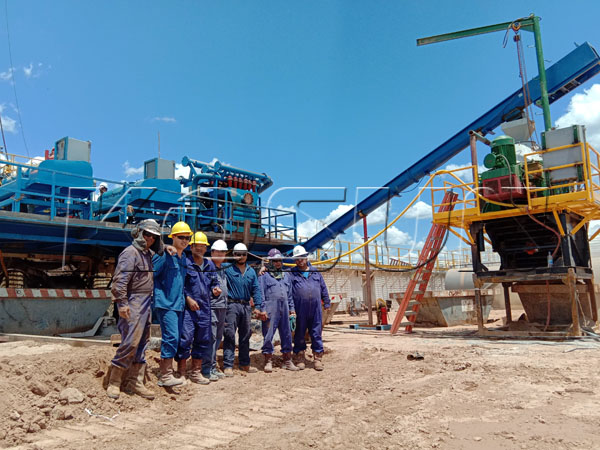How to improve the reliability of aviation kerosene storage tanks? Aviation kerosene storage tanks are important fuel supply equipment for aviation oil companies. The importance of the manufacturing and production of aviation kerosene storage tanks directly determines the reliability of the transportation of aviation kerosene and the high-end quality of aviation kerosene.
The reliability of the use of aviation kerosene storage tanks requires strict control over the entire process of drawing design and manufacturing of aviation kerosene storage tanks. In view of the difficulties in the production and production of kerosene tanks, it is necessary to optimize the treatment plan and the specific operations of on-site production.
To improve the reliability of aviation kerosene storage tanks, attention should be paid to the following three difficult issues:
1) Difficulties in the production of the conical bottom of aviation kerosene storage tanks: There are certain difficulties in the production of the conical bottom of aviation kerosene storage tanks. The design and production of the slope of the tank bottom is a difficult point. To achieve a satisfactory degree of coordination, detailed analysis needs to be done in advance, the designed slope must be adapted to meet the specific use standards, and the bottom of the kerosene storage tank must have good integrity and the bottom plate can be coordinated with the tank body. Unite. The welding treatment of the conical bottom of the aviation kerosene storage tank is also very important. The number of welds should be reduced to a minimum, and the problem of welding deformation should be controlled.
2) Difficulties in installing the upper and lower end walls of aviation kerosene storage tanks: The difficulty in installing the upper and lower end walls of aviation kerosene storage tanks lies in the corresponding stress control, which requires strict control from the error aspect to avoid tank deformation caused by corresponding stress concentration. . The verticality, perimeter, and levelness of the upper and lower end wall panels of aviation kerosene storage tanks also need to be strictly controlled and corrected to ensure better forming integrity of the kerosene storage tank.
3) Difficulties in welding requirements for aviation kerosene storage tanks: In the manufacturing process of aviation kerosene storage tanks, the welding requirements for kerosene storage tanks are very high. The welding operation of kerosene storage tanks is actually closely related and mutually influencing with the shape requirements of aviation kerosene storage tanks. During the welding process, it is necessary to control weld defects caused by stress concentration. For the problem of welding seam defects, it is necessary to operate from the main aspect of welding scientific and reasonable design.
The above has explained the key points of the production and production of aviation kerosene tanks through three difficult aspects. To provide high-quality aviation kerosene receiving and dispatching operations, we must first handle the reasonable layout during the design stage of the aviation kerosene storage tank, and rationally arrange the steel plates and welds. At the location point, during the production process, the operation must be strictly abided by the regulations. After such a serious and strict production process, the reliability of the aviation kerosene storage tank can be improved.
KOSUN- China Solids Control Leader&Drilling Waste Management Expert
Email: sales2@adkosun.com
WhatsApp/Wechat:+86 18792396268
Contact person: Lily Wang
Online consulting:
http://www.kosun.com
http://www.kosuneco.com
